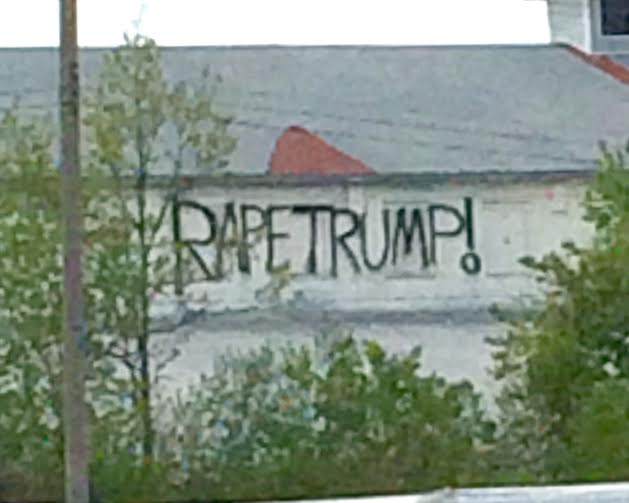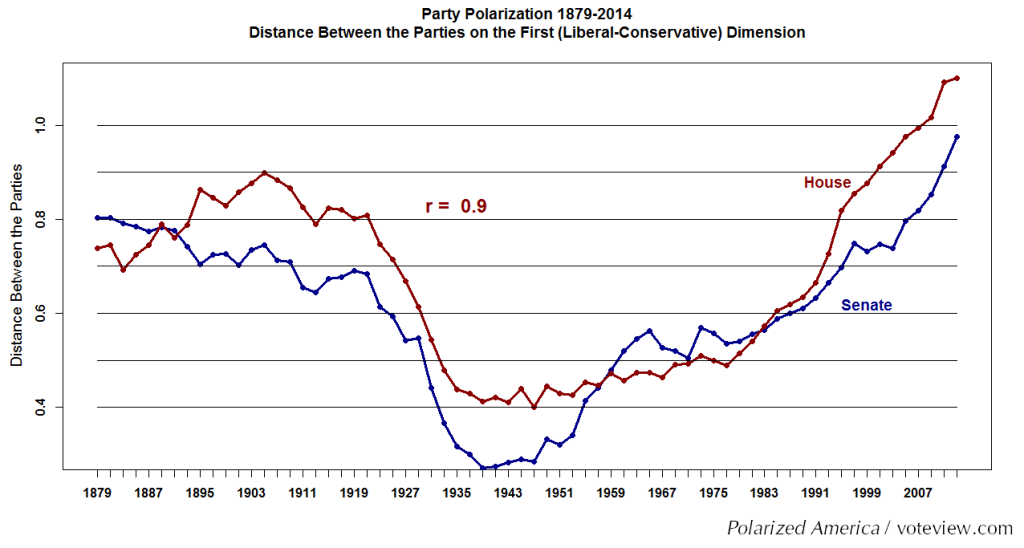The 2016 presidential campaign has witnessed bombastic tweets, divisive rhetoric, and outrageous policy debates. Donald Trump and Hillary Clinton, the anticipated nominees of both major parties, have record unfavorable ratings and are quickly becoming the nation’s most polarizing political figures. Research conveys that political polarization is taking over the nation, but is it also inciting violence and grotesque rhetoric?
In early March, a Donald Trump rally caused political outcry when one of his supporters sucker-punched a protester. Incidents like this are not uncommon, in fact, they seem to be becoming prevalent. Just last week, liberal protesters in California rioted, carried signs calling for the end to capitalism, and stomped on top of and attempted to flip over police cars. If these two events convey anything, it’s that violence has not been monopolized by either political party or ideology, and is neither accepted or praised by the general public.

Unfortunately, the broadly unacceptable actions of individuals has stretched to Minnesota. Just south of the Como Avenue exit of MN-280, “Rape Trump” was recently graffitied near the roof an industrial building. Is increased political polarization correlated with actions like these that seem to be becoming more commonplace?

According to Vote View, an organization that studies political polarization, the ideological distance between parties in both the House of Representatives and the Senate is at an all-time high. Political polarization has witnessed a steady rise since the late 1930s, with an even sharper rise in the last few years.

In addition to the U.S. Congress witnessing increased political polarization, statistics convey that it is clear that the American public is becoming an increasingly polarized electorate. Pew Research, a bi-partisan think tank, found that Americans’ “values and basic beliefs are more polarized along partisan lines than at any point in the past 25 years.”
Unsurprisingly, Republicans and Democrats are now more likely to view the opposition party as a “Threat to the Nation’s Well-Being.”

The media is not exempt from this trend either. Studies show the American media is becoming more polarizing. Pew Research has found that conservatives tend to get their news from conservative outlets, while liberals utilize liberal outlets. The result of this is that less individuals are being exposed to ideas and news from the other side of the ideological spectrum, which may lead to increased political polarization of American voters.










